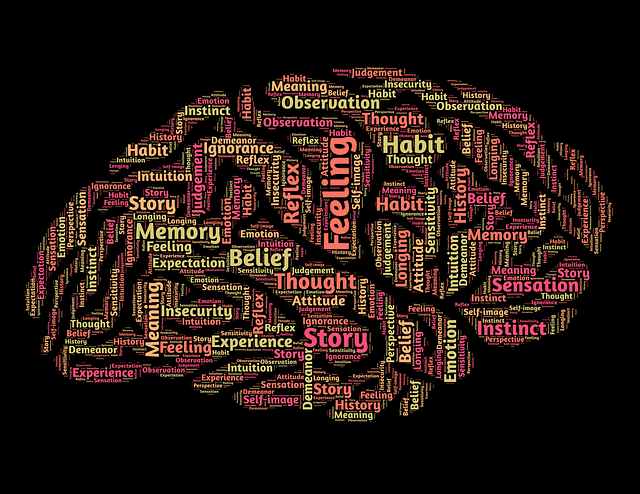
Leaders need to always be learning. As I continue to delve into information on leadership, neuroplasticity, and synchronicity I am learning unbelievably interesting material. Of course, I will be sharing at least some of what I read with you.
As leaders, we are influencing others all the time and a good leader is cognizant of their attitudes, actions, and words. Leaders also have a large influence on their work environment. With the influence on the work environment leaders also influence the brain development of employees. Self-directed neuroplasticity, according to Bosch (2021), “is the process of the brain adapting to the work we do and how we do it.” As such, leaders want to endeavour to create a positive workplace recognizing peoples’ needs for such things as “autonomy, relatedness, and fairness” (Bosch, 2021). A few steps Bosch (2021) suggests to create a positive work environment include:
- Positive feedback in a timely manner
- Learning opportunities
- Communication – all forms, by everyone
- Participation in ideas
- Limited distractions thus allowing people to focus and develop new neural pathways
- Necessary breaks encouraging reflection and new thinking – did you know some studies suggest longer hours make people less effective
Knowing that we can continue to develop neural pathways throughout our life we must consider what those pathways will be and how we will develop them. How we use our brain determines what we develop. Just as you train for physical competition, or for a chess game, or a spot on Jeopardy, we exercise and plan. The same must be done to develop the brain. Practice what you want to learn, expose yourself to new ideas, new people, new experiences. Challenge your brain and your memory. Your neurotransmitters need to be kept in balance.
Our brains play a vital role in emotions and memory. Our brain is also involved in our reaction or response to stressors. As I have written about in the past, the heart is also involved. Stress results in both physiological and biological responses with the fight or flight response: increased heart and breathing rate, increased blood sugar, the release of adrenaline and cortisol, our pupils dilate, and we are not able to digest food as easily as blood is redirected to essential areas for survival. When cortisol (the stress hormone) is released this, in turn, releases stored glucose for energy, and over time our immune system is suppressed.
There are ways to adapt our response to stress. I encourage the use of HeartMath and any other techniques that you find work for you. Bosch (2021) identifies the following as ways to help reduce your stress level:
- Make your goals realistic
- Learn your triggers and how to decrease your response to them, or avoid those triggers
- Take time during the day to refresh yourself through calm moments that could include conscious breathing, HeartMath techniques, meditation, go for a walk or other physical activity
- Connect with people – friends or family – did you know loneliness increases your vulnerability to stress
- Physical activity also reduces levels of adrenaline and cortisol, so make it a regular part of your daily routine
We can do a myriad of things to improve our well-being and as leaders demonstrate to others healthy habits. Include healthy habits with additional activities to build a safe, positive, desired workplace.
I can guide you to learn specific techniques and systems that relate to you and your situation, personally or professionally. We all deserve to live a beautiful life.
Reference:
Bosch, H. 2021. Why We Do What We Do. EBSCO Information Services – www.ebscohost.com